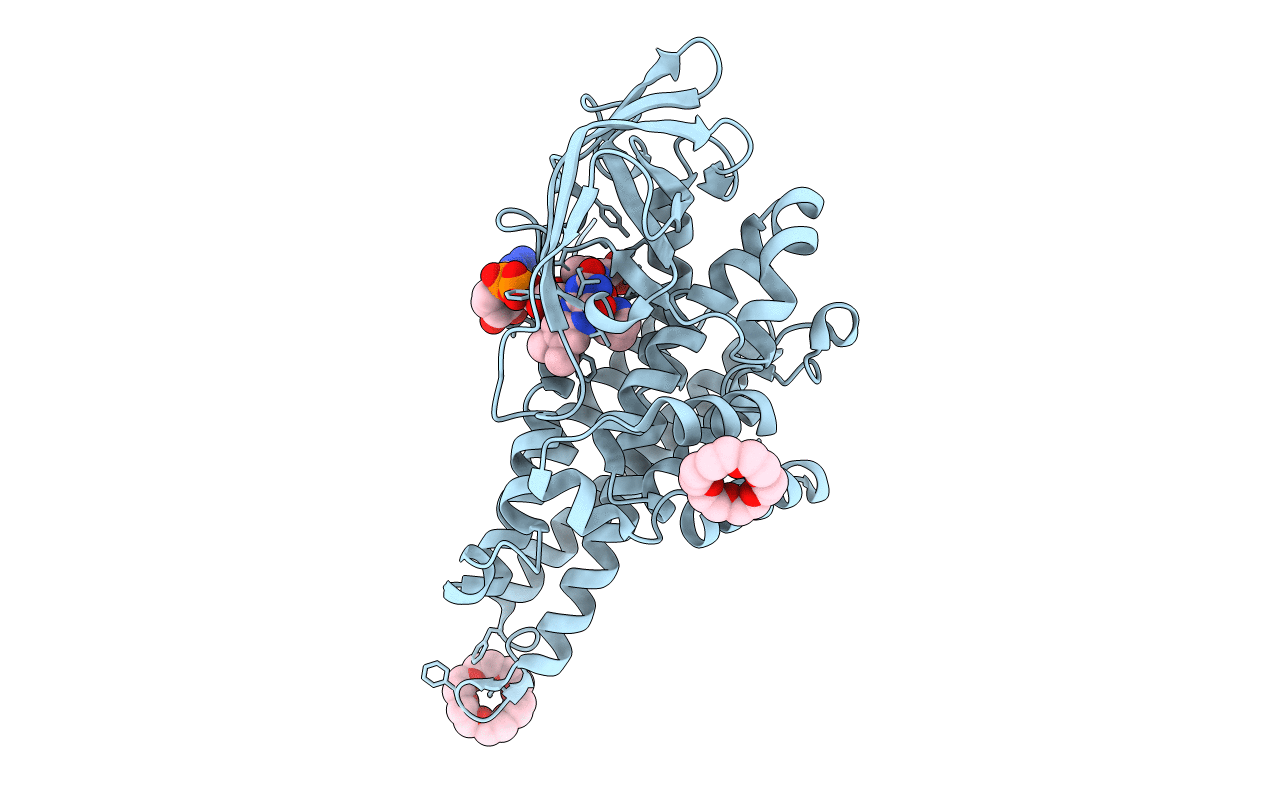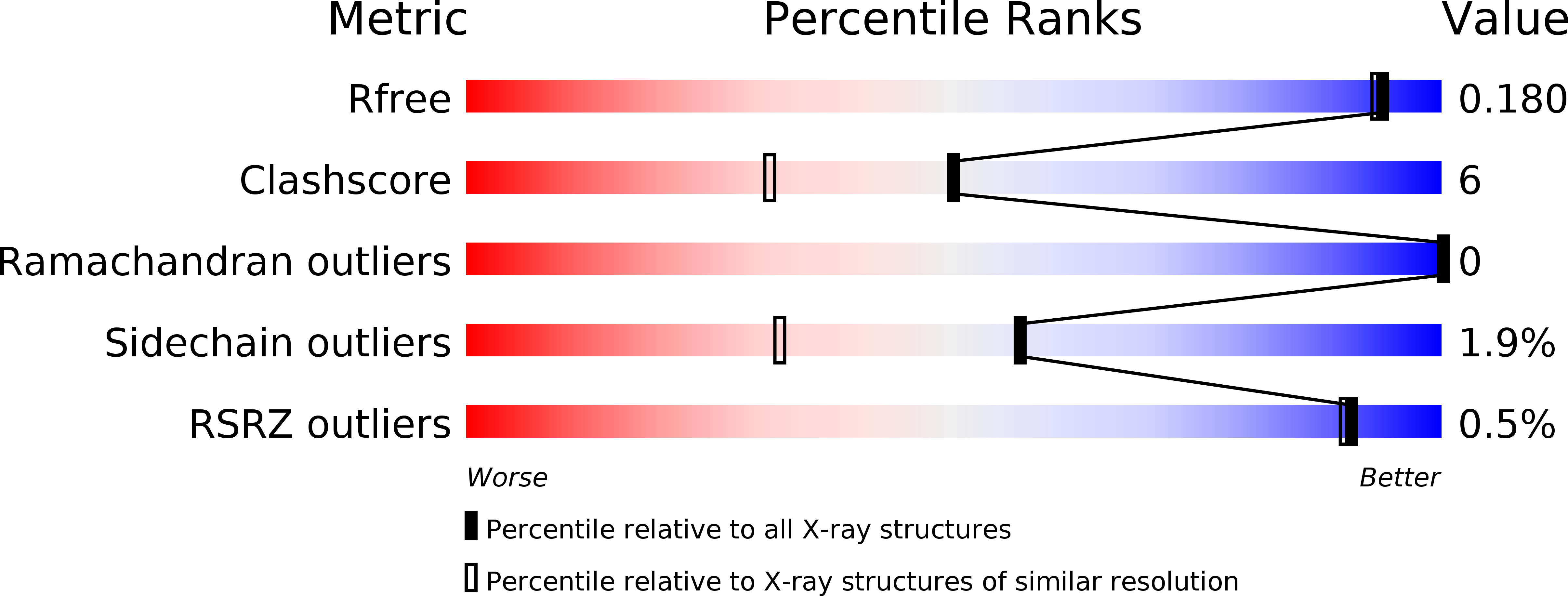
Deposition Date
2018-08-08
Release Date
2018-09-05
Last Version Date
2023-11-22
Entry Detail
Biological Source:
Source Organism:
Serratia sp. (strain ATCC 39006) (Taxon ID: 104623)
Host Organism:
Method Details:
Experimental Method:
Resolution:
1.62 Å
R-Value Free:
0.17
R-Value Work:
0.15
R-Value Observed:
0.15
Space Group:
I 2 2 2


